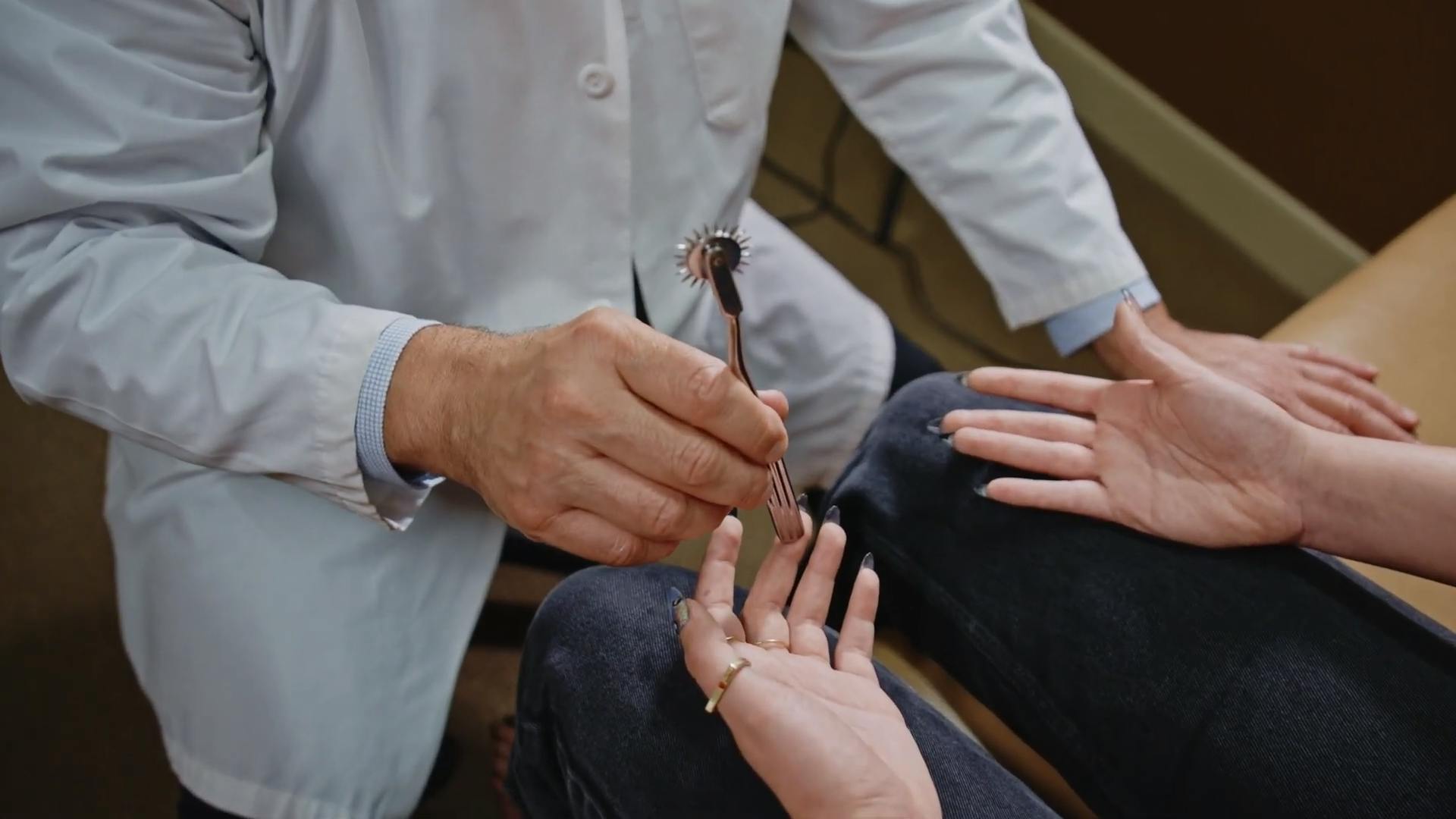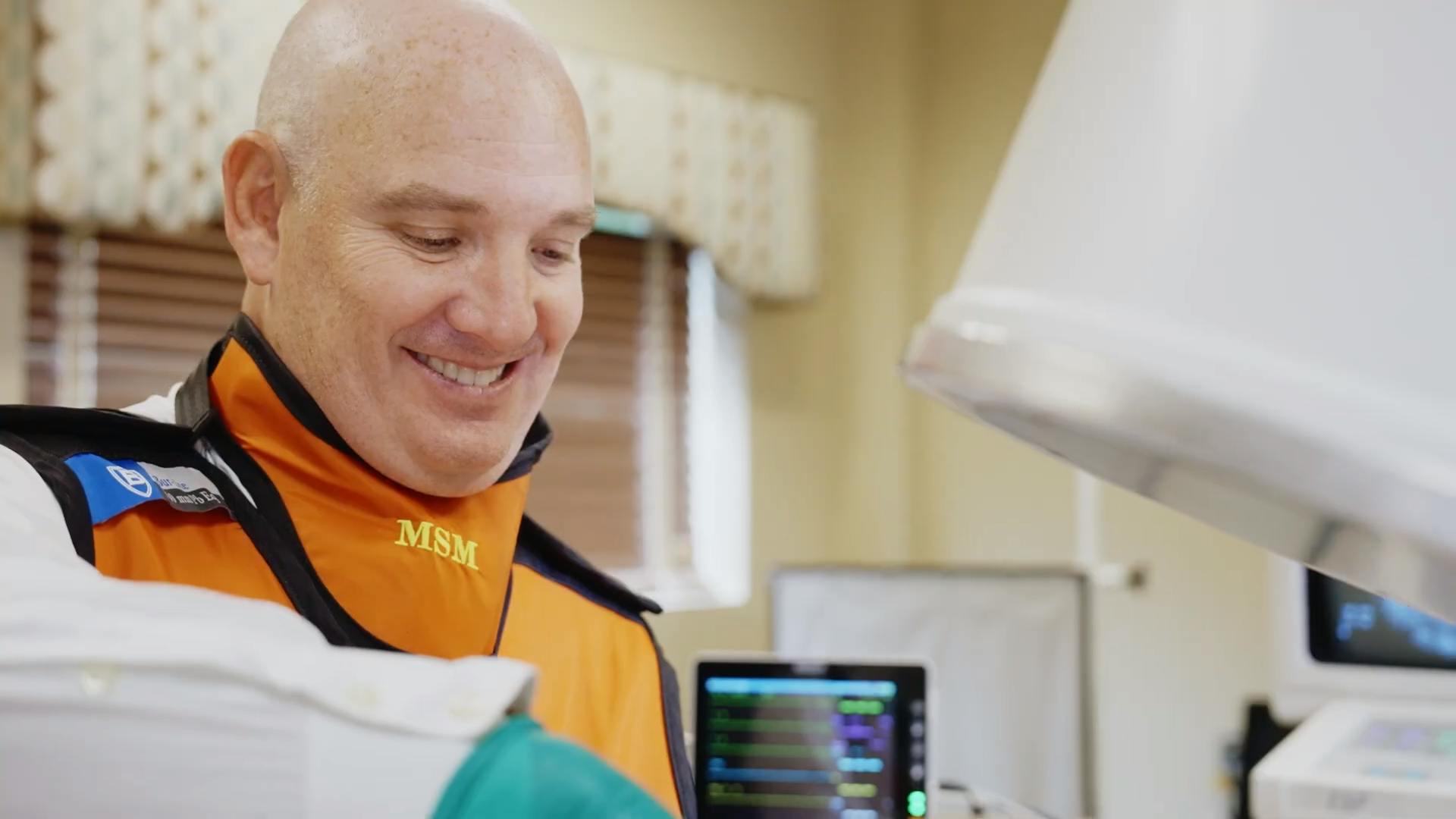Discover the Expertise of the Center for the Functional Restoration of the Spine
Are you seeking relief from spine-related pain and instability? Spinal fusion surgery in Shrewsbury might be the answer you've been looking for. At the Center for the Functional Restoration of the Spine, we specialize in advanced spinal procedures, including spinal fusion, using state-of-the-art techniques and minimally invasive approaches to ensure the best possible outcomes. We always prioritize minimally invasive treatments, but if surgery is right for you, your healthcare team will employ cutting edge of technology and all the power of their years of experience to deliver the right treatment for your needs.

Let’s Learn More About Spinal Fusion
Spinal fusion is a surgical procedure that involves connecting two or more adjacent vertebrae to halt their movement relative to each other. This is achieved by inserting bone grafts or substitutes between the affected vertebrae. The graft material acts as a binding agent and helps maintain the normal disc height. As the body heals, the vertebral bone and bone graft gradually merge, creating a stable and fused spine.
Conditions That Spinal Fusion Best Treats
Spinal fusion is a versatile technique utilized to address a variety of spinal conditions. It is commonly recommended for:
- Fractured (broken) vertebrae
- Spondylolisthesis (vertebral bone slippage)
- Abnormal spinal curvatures like scoliosis or kyphosis
- Degenerated or protruding discs (the cushioning material between vertebrae)
- Spinal instability (excessive or abnormal motion between vertebrae)
At our practice, spinal fusion is considered only after conservative treatments have proven ineffective. Your surgeon will carefully assess factors such as your specific condition, age, overall health, lifestyle, and anticipated activity level post-surgery before recommending spinal fusion in Toms River. If you're contemplating this procedure, it's crucial to have a thorough discussion with your spinal care provider to make an informed decision.
The Patient Experience of Spinal Fusion Surgery
During a spinal fusion, the surgeon strategically places a bone graft, often sourced from the patient's pelvic bone or rib, between two or more vertebrae. In recent advancements, Bone Morphogenic Protein (BMP) has reduced the need for bone grafts. Over the course of approximately four to nine months post-surgery, the body naturally produces living bone to replace the graft. This new bone effectively fuses the vertebrae, forming a single, solid structure.
Throughout this healing period, it's essential to immobilize the spinal segments to facilitate the fusion process.
This immobilization can be achieved through either internal instrumentation, such as plates, wires, rods, hooks, or screws, or external methods like braces or casts. The choice depends on the specific nature and location of the problem.

Types of Spinal Fusion Procedures
Anterior Approach
In this method, the surgeon makes an incision in the chest or side and removes inter-vertebral discs to enhance spinal flexibility. After placing screws in the vertebrae, a metal rod is used to connect them. The removed discs are replaced with bone grafts to facilitate fusion, and the surgeon straightens the curve by tightening the screws attached to the metal rod.
Posterior Approach
In this approach, the surgeon accesses the spine from the back.
Anchors in the form of hooks, screws, or wires are attached to the spine and connected to spinal rods, which help straighten the spine.
Bone grafting fuses all the instrumented vertebrae.
Combined Anterior/Posterior Approach
This surgical technique involves two separate operations—one from the front and one from the back. Your surgeon may choose to perform these surgeries on separate days or combine them into a single, longer procedure. Staged procedures may require additional hospitalization compared to a single surgery.
Our Commitment to Your Spinal Health
At the Center for the Functional Restoration of the Spine, we are committed to delivering the highest level of care to our patients and maintaining your spinal flexibility after surgery.
Our team of experienced surgeons specializes in spinal fusion procedures and related treatments.
We prioritize minimally invasive, non-surgical options, but when surgery is the right choice, our state-of-the-art techniques and patient-focused approach ensure the best possible outcomes. Join the countless patients who have regained their stability and overcome spinal pain with our help. Contact us today to explore how spinal fusion surgery can lead you back to a pain-free and active life.





